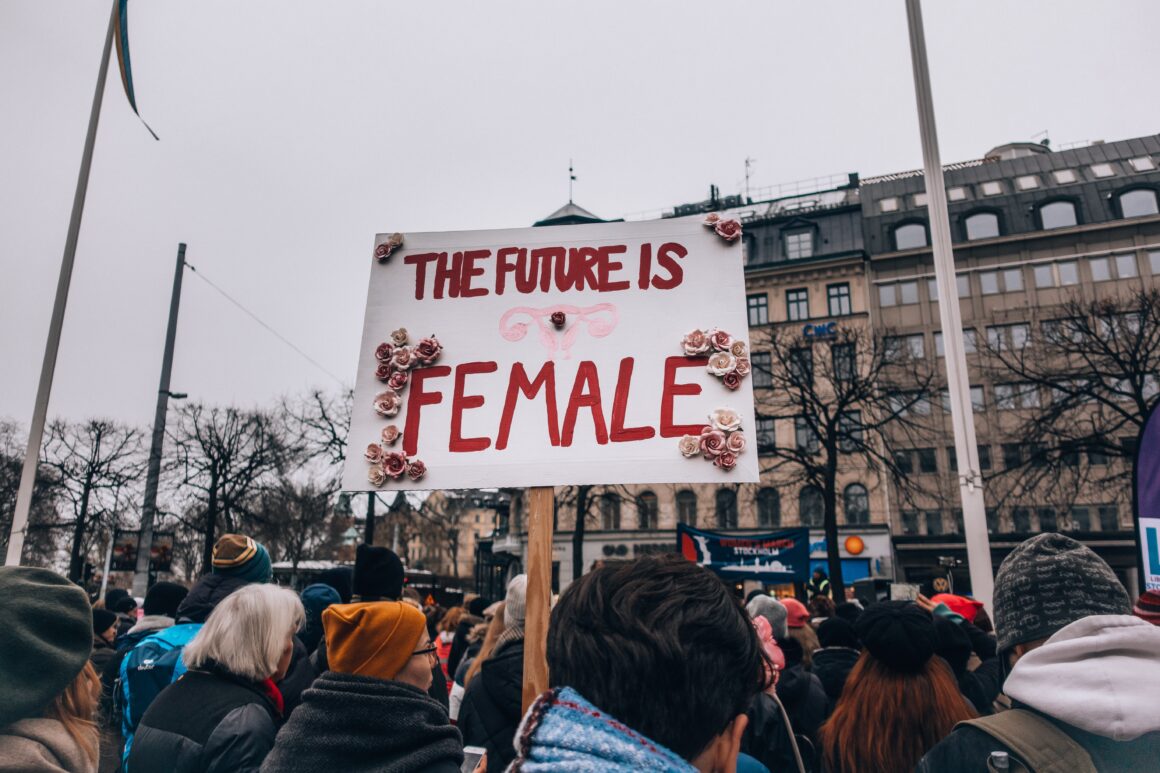On Jan. 21, 2017, millions of women gathered in cities around the world to protest for women’s rights after Donald Trump’s inauguration. In total, there were 673 marches, with 4,814,000 marchers worldwide. These marches made history, becoming the largest protest in U.S. history.
The event was a great stand for women’s rights, but it wasn’t as intersectional as many had hoped. Many people expressed their frustration with the fact that the Women’s March only represented an exclusive feminism for white women only—also known as white feminism. This ignored intersecting race, class, gender, and sexual orientations that weren’t represented—also known as intersectional feminism.
This also raised the issue that 53% of white women voted for Donald Trump, and many of them did not express solidarity with Black Lives Matter, especially not turning up to the BLM protests. Many white women have claimed to stand with all women, but are silent while black women, other women of colour, women of the LGBTQ+ community, disabled and mentally ill women, and sex workers are harassed, discriminated against, and killed.

We also need to address the large amount of transphobia that occurred at the marches. There were many pictures all over social media of women holding signs, with many of them mentioning female genitalia along with images of breasts, bras, and panties. The slogan, “pussy power” was also popular. This is transphobic, as not all women have those. This excludes the trans community, creating a definition of a “woman” that isn’t accurate. We can protest for reproductive rights without being transphobic.
Many women don’t have vaginas or breasts, and we need to acknowledge that while protesting for women’s rights and expanding beyond cisgender women.

Intersectional feminism requires white women, especially the straight and cisgender, to acknowledge that they have had it easier through the history of racism and within the feminist movement itself. The organizers of the 1913 suffrage march on Washington asked the black women to march at the back of the parade. This is why we need to acknowledge that the Women’s March wasn’t intersectional enough, and didn’t include every single type of woman in it’s protests, especially trans women.
As the Women’s March comes to an end, continue to protest for what’s right, but include all intersections of women and not only the straight, white, and cisgendered. Stand in solidarity with ALL women, not just when it affects you or when it’s convenient for you.
Here is a twitter thread with suggestions on how you can continue to help:
This thread is called “So you just got home from your local Women’s March. Now what?”
Well, some suggestions (peeps, jump in pls):
— Lily Herman (@lkherman) January 22, 2017



Comments are closed.